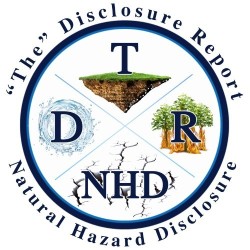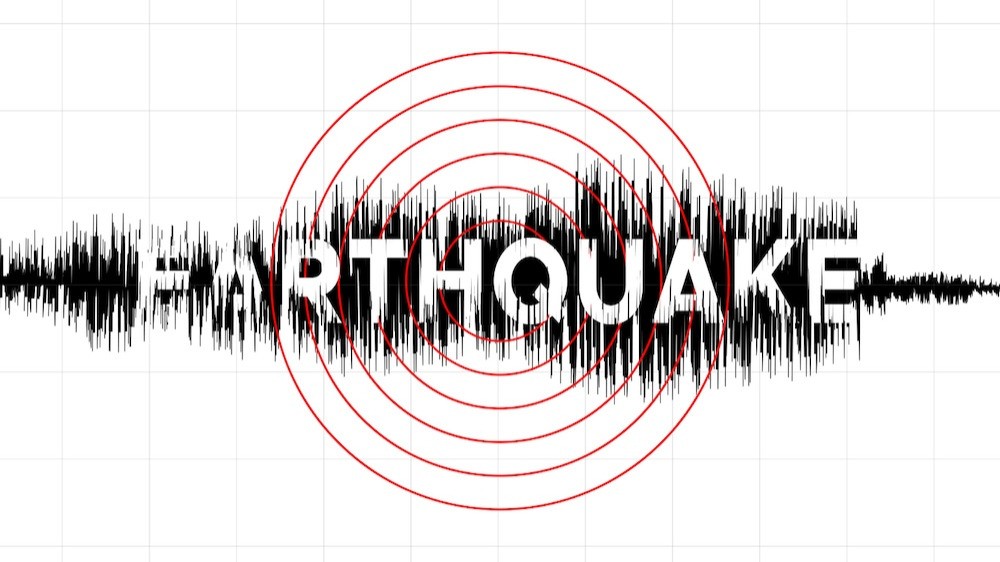Earthquakes are a natural hazard that can pose significant risks to property and safety, especially in regions near active fault lines. For homebuyers, understanding seismic hazards is crucial to making informed decisions and ensuring their investment is protected. Natural Hazard Disclosure (NHD) reports play a vital role in identifying earthquake risks, helping buyers assess the safety of a property and prepare for potential seismic activity. Here’s how NHD reports provide valuable insights into seismic hazards and how they can help safeguard homebuyers.
Understanding Seismic Hazards and Earthquake Fault Zones
Seismic hazards refer to the potential risks associated with earthquakes, including ground shaking, surface ruptures, and soil instability. Properties located near earthquake fault zones are at a higher risk for these hazards, making it essential for buyers to understand their implications.
Why Are Earthquake Hazard Maps Important?
Earthquake hazard maps are critical tools for identifying areas that are most at risk of seismic activity. These maps use scientific data to show active fault lines, zones of potential ground rupture, and areas prone to shaking or liquefaction.
For homebuyers, these maps provide valuable context about a property’s location relative to seismic hazards. Knowing whether a home is in an earthquake fault zone helps buyers assess the safety of the property, understand potential construction restrictions, and evaluate the need for earthquake insurance or retrofitting.
How Earthquake Fault Zones Impact Real Estate
Properties located in designated earthquake fault zones, as defined by the Alquist-Priolo Earthquake Fault Zoning Act, are subject to specific regulations. These zones are areas surrounding active faults where ground rupture is more likely to occur during an earthquake.
- Construction Limitations: In fault zones, new construction must adhere to strict regulations to minimize the risk of damage. For example, developers may need to conduct detailed geological studies before building.
- Increased Costs: Retrofitting older properties to meet modern seismic safety standards can be costly but is often necessary to protect against damage.
By using NHD reports, buyers gain clarity about these risks and the potential implications for their investment.
How NHD Reports Reveal Seismic Risks
NHD reports are essential tools in real estate transactions, providing a comprehensive overview of a property’s natural hazard risks, including seismic hazards. These reports help buyers make informed decisions by highlighting potential dangers.
What Seismic Information Do NHD Reports Provide?
NHD reports identify whether a property is located in:
- Earthquake Fault Zones: Areas with an increased likelihood of ground rupture.
- Seismic Hazard Zones: Regions prone to liquefaction (ground instability caused by shaking) or landslides triggered by earthquakes.
This information allows buyers to understand the specific risks associated with a property’s location and take appropriate precautions.
Why Realtors and Buyers Should Use NHD Reports
NHD reports simplify complex seismic data, making it easier for Realtors to explain these risks to their clients. At TDR NHD, we go a step further by breaking down technical language into clear, actionable summaries. This empowers buyers to make confident decisions about their real estate investments.
Addressing Buyer Concerns
When buyers see that a property is in a seismic hazard zone, it can be concerning. Realtors can use the NHD report to provide context and reassurance, such as explaining how retrofitting or proper preparation can mitigate risks. This approach builds trust and helps buyers feel more confident about their purchase.
Tips on Earthquake Preparedness for Home Buyers
While NHD reports provide critical information about seismic hazards, buyers must also take steps to prepare their homes for potential earthquakes. Proactive measures can protect both property and personal safety.
- Evaluate the Property’s Structural Integrity
Ensuring that a home is structurally sound is key to minimizing earthquake damage. Buyers should:
- Inspect Foundations: Verify that the home’s foundation is stable and reinforced. Homes in seismic zones often benefit from bolting or bracing to reduce movement during an earthquake.
- Upgrade Older Properties: Older homes may not meet modern seismic safety standards. Retrofitting measures, such as installing shear walls or reinforcing cripple walls, can significantly enhance safety.
- Secure Interior Spaces
Earthquakes can cause furniture, appliances, and other items to fall or shift, leading to injuries and property damage. Buyers can take steps to secure their interiors:
- Anchor Heavy Furniture: Use straps or brackets to secure bookcases, cabinets, and televisions to walls.
- Install Safety Latches: Add latches to kitchen cabinets to prevent dishes and glassware from falling.
- Use Non-Slip Mats: Place non-slip mats under heavy items like vases or electronics to prevent them from sliding.
- Review Insurance Options
Standard homeowners’ insurance policies typically don’t cover earthquake damage, so buyers should explore their options:
- Earthquake Insurance: This coverage is essential for homes in seismic hazard zones, offering protection for structural repairs and property loss.
- Policy Details: Buyers should carefully review the terms of their earthquake insurance, including deductibles and coverage limits, to ensure adequate protection.
- Create an Emergency Plan
Being prepared for an earthquake is as much about planning as it is about property protection. Buyers should:
- Assemble an Emergency Kit: Include essentials like water, non-perishable food, flashlights, batteries, and a first aid kit.
- Establish a Family Plan: Make sure everyone in the household knows what to do during an earthquake, including safe spots to take cover and evacuation routes.
Why TDR NHD Is Your Trusted Partner for Seismic Risk Disclosures
At TDR NHD, we understand that discussing seismic hazards can be challenging. That’s why we provide NHD reports that are not only comprehensive but also easy to understand. Our reports include detailed information about earthquake fault zones and seismic hazard zones, broken down into clear summaries to help Realtors and their clients make informed decisions.
By partnering with TDR NHD, you benefit from:
- Simplified Seismic Data: We translate complex seismic information into client-friendly language.
- Proactive Support: Our team is available to assist with questions or help explain reports to clients.
- Exclusive Services: From clear summaries to actionable insights, we go beyond the basics to provide value for Realtors and buyers alike.
With TDR NHD, you can confidently guide your clients through the real estate process, ensuring they understand the risks and how to mitigate them.
Protect Your Clients with TDR NHD’s Comprehensive Reports
Understanding seismic hazards is an essential part of real estate safety. By choosing TDR NHD, you’re providing your clients with the tools they need to navigate earthquake risks confidently. Contact us today to learn more about our NHD reports and how we can help you simplify seismic risk disclosures for your clients.
This article emphasizes the role of NHD reports in identifying and mitigating seismic hazards while offering actionable tips for buyers. Let me know if additional adjustments are needed!

